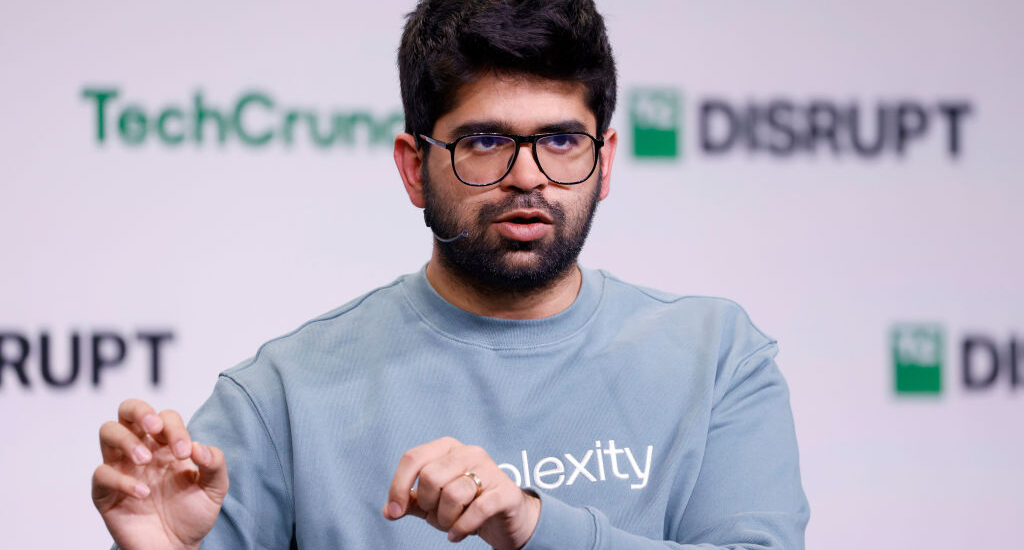Perplexity CEO offers AI company’s services to replace striking NYT staff
- November 4, 2024
- Posted by: chuckb
- Category: TC Artificial Intelligence

Aravind Srinivas, the CEO of AI search company Perplexity, recently stirred controversy by offering to provide services to the New York Times during a strike by its tech workers represented by the NYT Tech Guild. The strike, announced on November 4, saw these workers push for a 2.5% annual wage increase and the establishment of a two-day-per-week in-office requirement, alongside other demands. The guild expressed their frustrations regarding the NYT’s refusal to agree to a fair contract and adopt what they termed “unfair labor practices”. Kathy Zhang, the unit chair, emphasized the necessity to demonstrate their power by taking action on the picket line.
New York Times publisher AG Sulzberger criticized the timing of the strike, which came just two days before the U.S. presidential election. He highlighted the critical reliance of both the public and journalists on the Times’s coverage during this period, expressing concern that the Guild’s actions could disrupt this essential service.
As negotiations between the Times and the Tech Guild progressed, picketers demonstrated outside the NYT building in New York City. In this context, Srinivas’s offer on the social media platform X (formerly Twitter) to provide support services to the Times did not go unnoticed. He responded to a post that quoted Sulzberger, stating that Perplexity was available to help maintain essential coverage during the election. However, this offer was met with considerable backlash on social media, with critics labeling Srinivas as a “scab”—a term used to describe individuals who take the jobs of striking workers. This label reflects a broader condemnation of undermining collective bargaining efforts.
Srinivas appeared to justify his offer as a means to ensure people received necessary information during the election. Perplexity had recently launched its own elections information hub and map, suggesting a commitment to facilitating access to information. Nonetheless, the specific nature of the services he offered was questioned, especially since the striking workers were the very individuals responsible for providing such services to the NYT. This ambiguity raised concerns about whether Perplexity’s involvement would genuinely aid the Times or effectively replace the striking labor force.
Despite the backlash, Srinivas maintained that his proposal was not intended to replace journalists or engineers but aimed to provide technical infrastructure support during a high-traffic day. However, the striking workers are the very individuals who fulfill that role, leading to skepticism regarding the intentions behind the offer. The ongoing tensions between the NYT and Perplexity were further complicated by a cease and desist letter sent by the Times to Perplexity over the company’s use of scraped articles for their AI models, highlighting an existing conflict that may have influenced perceptions of the offer.
In conclusion, the situation surrounding the NYT strike has highlighted various complexities in the intersection of labor rights, media responsibility, and technological intervention. While Srinivas aimed to extend a helping hand during a critical moment, the historical implications of scabbing in labor movements cast a long shadow over his intentions. The crux of the matter lies in whether technological support can ethically and effectively replace the labor force, especially in industries as sensitive as journalism, especially during pivotal events such as elections.
